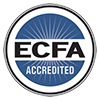South Korea reports that there have been 33,000 North Korean defections into South Korea to date. While defectors running across the DMZ occasionally make headlines, most North Koreans find their way to safety through what has become known as the Modern Day Underground Railroad.
Big Brother
Human traffickers have scattered North Korean refugees throughout China. Since 2003, Crossing Borders has encountered pockets of these refugees and has attempted to help them. We covered the various challenges refugees face to live in China in Episode 2 and how far they are from a life of liberty. Many risk everything on a daunting journey out of China to find freedom.
Imagine trying to leave a country when you don’t have a valid ID, which means you can’t take any form of transportation. Even in privately owned cars, China has routine checkpoints where all the IDs of everyone in the car are checked and documented. Cameras also watch people’s every move on the roads, in city squares and in every building.
With the Chinese government always monitoring, how does a North Korean escape? A patchwork of people with diverse backgrounds and motivations, collectively known as the Modern Day Underground Railroad, works to get North Koreans safely out of China.
The Modern Day Underground Railroad
An entire industry exists in China to help North Korean refugees in China escape. There are some great nonprofit organizations helping to facilitate this. But there are also some people who do this for profit, often referred to as “brokers.” With no access to transportation, defectors must find people who will help them escape from China and hope that they are trustworthy and good people. The problem is that many of the people who offer to help these women end up abusing them.
A refugee in Crossing Borders’ network once told us that she was raped along the way by the very people who said they would help her. There’s no recourse for this inhumane abuse as refugees can’t turn to the Chinese police for help. Involving the authorities would result in capture and punishment for refugees and the perpetrator would likely walk free.
Brokers take refugees from city to city, oftentimes using fake IDs. They have apartments along the way where the refugees can stay at night. The final stretch of the journey is an illegal border crossing out of China into several different southeast Asian countries. Unfortunately, all of these safe harbor countries do not share a direct border with China, which means refugees must sprint through either Myanmar or Laos first to gain their freedom. Once they reach their destination, they are granted refugee status with the South Korean government who ultimately bring them into South Korea.
It’s a miracle that over 33,000 refugees have successfully made it to South Korea to date.
Freedom
After making this treacherous journey to South Korea one of the refugee women Crossing Borders supported while in China said that the day she got her legal ID in South Korea, she clutched it to her chest all night and cried. The fact that China doesn’t acknowledge North Koreans isn’t just a matter of paperwork; it’s a matter of personhood. When you aren’t considered a person, you don’t feel like you matter. Once this woman had her ID, she realized something that was missing in her life: humanity.
But once they gain their rights in South Korea and other countries, North Koreans face perhaps their biggest challenge: dealing with the trauma that they’ve experienced along their path to freedom. A lifetime of brainwashing propaganda, the scars of leaving loved ones behind, being trafficked and repeatedly abused and the shock of being injected to modern day living is more than any human should have to bear. We will cover this in our fourth and final episode of Breaking Down North Korea so please be sure to tune in.
Thank you for following our video series. Please help socialize these heartbreaking issues and please continue to pray for North Korea.


